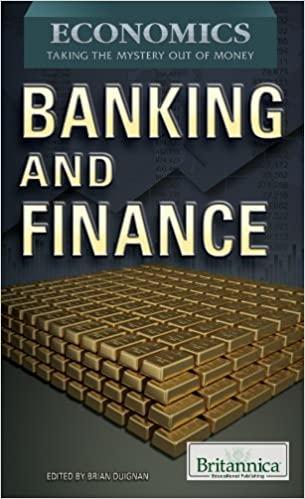Answered step by step
Verified Expert Solution
Question
1 Approved Answer
please help explain the difference between the modigilani miller with corporate taxes model, thr miller model and ebit/capital cost model thanks Henry suggests conducting an
please help explain the difference between the modigilani miller with corporate taxes model, thr miller model and ebit/capital cost model
Henry suggests conducting an ROE and TIE analysis at each EBIT level under two capitalization alternatives: all equity capital structure with $120 million of stock, or $60 million of 13 percent debt plus $60 million of equity. Jenny Lippincott, another of Beth's friends who is aware of her aversion to debt financing. informs her that the new debt could be added in phases instead of all at once. Thus, assuming that Aspeon recapitalized with $25 million of debt (hence S=$107,272,727,D=$25,000,000,V= $132,272,727,P=$13.23, and n=8,109,966 ), Jenny proposes two future alternatives: Aspeon could increase its debt to $50 million by issuing $50 million of new debt and using half to refund the existing issue and half to repurchase stock, or it could issue $25 million of new debt without refunding the first issue. Emily would like each proposal evaluated to ascertain its impact on stock price. Beth also sought advice conceming Aspeon's capital structure from Jean Claude Van Lamb. her college finance professor. Professor Van Lamb scolded Beth for not remembering two capiti) structure theories taught in elass: the Modigliani-Miller with corporate taxes and the Miller model. For simplicity's sake, he suggested using $120 million as the value of the unievered firm in both models when calculating Aspeon's value. Beth wants both models used to determine Aspeon's value at $75 million of debt. She is also unsure why the three models (MM. Miller, and the EBrT/capital cost model), all of which are designed to calculate value, yield different results. Beth is often skeptical of financial theories. Therefore, Bmily recommends addressing the weaknesses of the analysis as well as other approaches that coutd bo uscd to determine an appropriate target capital structure for Aspeon. Rmily has a strong finance background, and Beth is an excellent busincsswoman with good instinets. Be sure to be prepared for follow-up questions. Henry suggests conducting an ROE and TIE analysis at each EBIT level under two capitalization alternatives: all equity capital structure with $120 million of stock, or $60 million of 13 percent debt plus $60 million of equity. Jenny Lippincott, another of Beth's friends who is aware of her aversion to debt financing. informs her that the new debt could be added in phases instead of all at once. Thus, assuming that Aspeon recapitalized with $25 million of debt (hence S=$107,272,727,D=$25,000,000,V= $132,272,727,P=$13.23, and n=8,109,966 ), Jenny proposes two future alternatives: Aspeon could increase its debt to $50 million by issuing $50 million of new debt and using half to refund the existing issue and half to repurchase stock, or it could issue $25 million of new debt without refunding the first issue. Emily would like each proposal evaluated to ascertain its impact on stock price. Beth also sought advice conceming Aspeon's capital structure from Jean Claude Van Lamb. her college finance professor. Professor Van Lamb scolded Beth for not remembering two capiti) structure theories taught in elass: the Modigliani-Miller with corporate taxes and the Miller model. For simplicity's sake, he suggested using $120 million as the value of the unievered firm in both models when calculating Aspeon's value. Beth wants both models used to determine Aspeon's value at $75 million of debt. She is also unsure why the three models (MM. Miller, and the EBrT/capital cost model), all of which are designed to calculate value, yield different results. Beth is often skeptical of financial theories. Therefore, Bmily recommends addressing the weaknesses of the analysis as well as other approaches that coutd bo uscd to determine an appropriate target capital structure for Aspeon. Rmily has a strong finance background, and Beth is an excellent busincsswoman with good instinets. Be sure to be prepared for follow-up questions thanks 



Step by Step Solution
There are 3 Steps involved in it
Step: 1

Get Instant Access to Expert-Tailored Solutions
See step-by-step solutions with expert insights and AI powered tools for academic success
Step: 2

Step: 3

Ace Your Homework with AI
Get the answers you need in no time with our AI-driven, step-by-step assistance
Get Started


